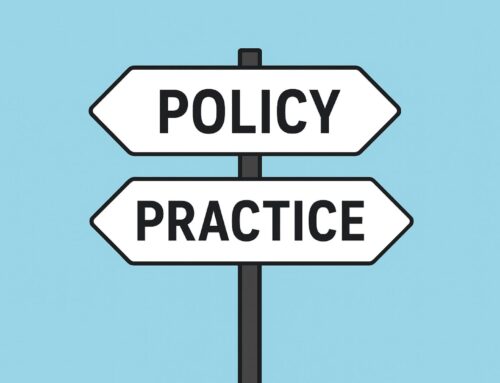As Tim Ferris projects, “A person’s success in life can usually be measured by the number of uncomfortable conversations he or she is willing to have.” Success at work often follows the same principle.
The modern workplace demands collaboration more than ever. Collaboration requires people to work together, exchange ideas, and communicate. When people communicate, they inevitably encounter difficult conversations. These conversations earn their label because they carry emotional, relational, or content-related stakes that challenge even seasoned leaders.
Three Elements Every Leader Must Navigate
Difficult conversations drive growth. They often surface when leaders deliver bad news, offer or request constructive feedback, or introduce organizational changes. To navigate difficult conversations effectively, leaders benefit from understanding their structure. Difficult conversations typically unfold in three parts.
The first element involves a “what happened” conversation, where people often clash over facts, blame, or who stands to be right and wrong. Clarifying the situation and defining the topic minimizes misunderstandings and sets a productive tone.
The second involves the feelings conversation. Emotions fuel every difficult dialogue. Acknowledging them, allowing people to share their perspective, and holding space for those emotions fosters progress. Ignoring or dismissing them guarantees miscommunication.
The third involves the identity conversation, where feedback touches on competence, self-worth, or character.
Shift from “you are” statements (identity) to “I observed” or “in this situation” statements (behavior):
- Instead of saying, “You are unreliable,” a leader might say, “The last two deliverables came in late”
- Instead of saying, “You are careless,” a leader might say, “I noticed three errors in last week’s report”
These shifts reframe the conversation from identity to behavior. It allows you to keep feedback actionable while preserving their dignity and sense of worth.
The Three Traps to Avoid
Common mistakes frequently derail these conversations.
Leaders who assign intentions create unnecessary conflict, especially when cultural or personal differences shape perception. For example, a manager might see an employee checking their phone during a meeting and say, “You’re clearly not interested in this project.” Instead, effective leaders ask clarifying questions that invite others to share their perspective or experience.
Another mistake occurs when leaders assume good intentions eliminate negative impacts. For example, a leader who introduces a scheduling policy “to improve efficiency” but cuts into employees’ flexible work hours. When staff express frustration, the leader justifies with, “But I only did this to help the team be more productive.” Explaining the why behind a policy or action can be helpful, but thinking someone will no longer feel the harsh impacts because it was done with positive intentions causes separation when you are striving to close the gap.
Blame disrupts progress; strive to seek understanding. For example, when a project falls behind schedule, a leader who says, “This is all your fault for not managing your tasks properly,” closes the door on collaboration. Shifting from blame to understanding creates the bridge that enables clarity and a shared plan for moving forward.
Approaching a difficult conversation requires a clear and intentional mindset. Savvy leaders pursue understanding and learning rather than victory. They adopt an AND stance rather than an OR stance, recognizing that multiple perspectives can coexist. They also manage their reaction, knowing that while they cannot control every factor in a conversation, they do have control over how they respond.
Ultimately, difficult conversations create opportunities rather than obstacles. They open space for growth, strengthen trust, and build psychological safety. Leaders who embrace them with clarity, curiosity, and compassion set the stage for stronger relationships and more meaningful results.



